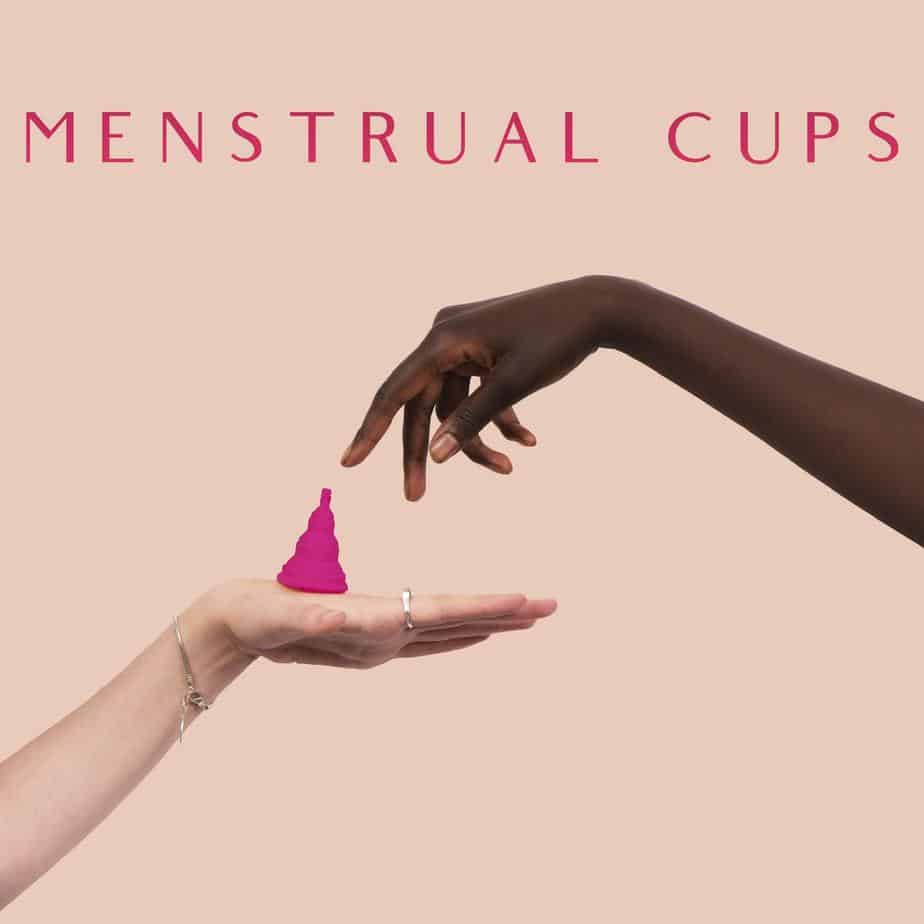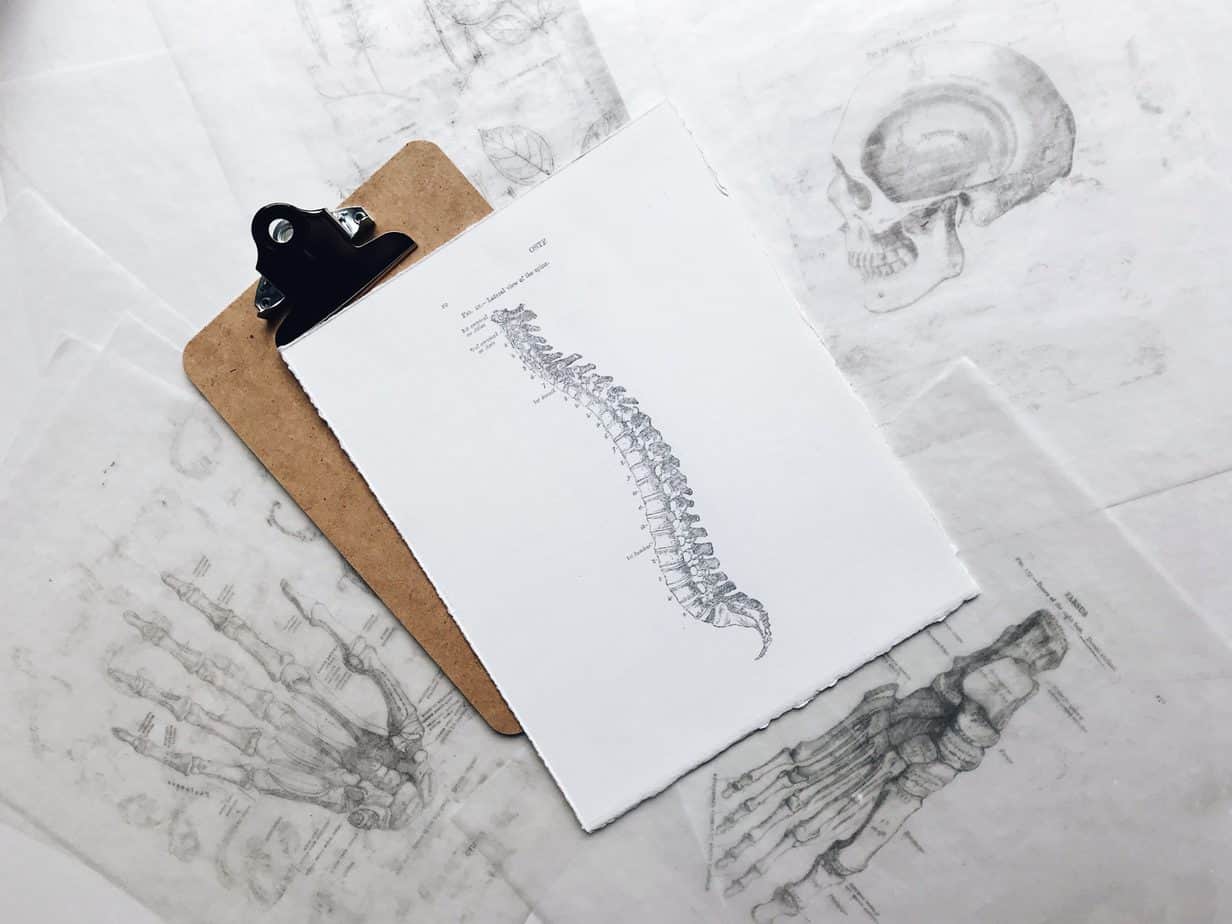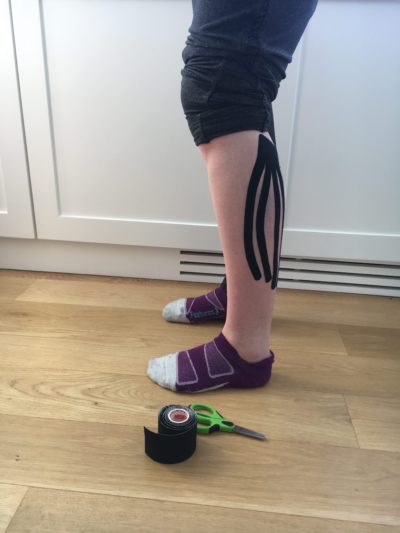Menstrual Cup

Menstrual cups are trending, but have not always been mainstream, despite the fact that they have been around as early as the 1860s. Improvement in design and the use of soft silicone has contributed to recent popularity.
As a pelvic health therapist, I hear a lot of questions and concerns regarding the use of menstrual cups. While it has many advantages when compared to single use feminine hygiene products, it also has its own set of unique challenges.
What is it?
A menstrual cup is a reusable bell-shaped cup made of silicone or rubber used to collect menstrual fluid. The menstrual cup is folded into a smaller shape so that it can be inserted into the vagina, where it pops open and forms a seal against the vaginal walls, where it is able to catch blood.
Time Saver
The cup can generally hold more blood than any other type of feminine hygiene methods and can be worn up to 12-hours. Compared to the average 4 to 8 hours for a tampon, that’s a decent amount of time saved. However, do not expect to save time in the beginning stages, as there is a considerable learning curve with insertion and removal.
Money Saver
Feminine hygiene is a big business. According to a recent report by IMARC Group, the global feminine hygiene products market size reached US$ 26.0 Billion in 2019. It is estimated that the average American woman spends 150 to 300 dollars a year in disposable feminine hygiene products. Compared to the cost of a menstrual cup, which ranges from 40 to 100 dollars. Times that by 30 to 50, the number of years a woman menstruates, and you end up with an enormous reduction in the amount of landfill waste and a good chunk of change left in your wallet. Reusable menstrual cups are an investment, they can last up to 6 months to 10 years with proper care.
Good for the Environment
Reusable menstrual cups are environmentally friendly. The Women’s Environmental Network reports that each year more than 400 million pounds of sanitary pads, tampons, and tampon applicators end up in landfills. Using a menstrual cup is a small contribution to fighting climate change with a substantial global impact.
Potential Health Benefit
Menstrual cups may be better for your overall pelvic and vaginal health. The cup does not cause vaginal dryness, which is an associated factor for vaginal infections. Menstrual cups are also not associated with toxic shock syndrome (TSS), which is a rare, life-threatening condition linked to tampon use. The cup does not contain chemicals found in tampons and pads, such as bleach and dioxin. According to the World Health Organization (WHO), some dioxins are known to cause cancer in humans. Many women anecdotally report improved comfort and less severe pelvic cramping with menstrual cup use, although no clinical studies have been performed to support this.
May Not Be For Everyone
Menstrual cups can be quite messy, especially in the beginning stages. Feminine hygiene is a personal choice. Some women may simply not be comfortable with this method. However, other women embrace innovation for cup insertion, emptying, and cleaning. For example, some ladies like carrying baby wipes or squirt bottle for cleaning in public restrooms and others opt to change only when they are in the comfort of their own home. The shower or tub is an excellent setting for this process.
Pelvic Physical Therapy
There is a huge learning curve with inserting and removing a menstrual cup tactfully. Menstrual cups come in a variety of shapes and sizes. It may take several attempts at trying various cups to find the best fit. It requires patience, determination, finesse, dexterity, and a healthy pelvic floor.
If you suffer from pelvic pain or a tight pelvic floor, it may seem impossible to insert a cup. Never force a menstrual cup into the vaginal canal. If you are unsuccessful with multiple attempts to insert a menstrual cup and suffer from chronic pelvic pain, consider reaching out to a pelvic health professional. A pelvic health therapist can help address underlying factors driving difficulties with insertion and design an individualized treatment plan to help you reach your goal.
Menstrual Cup Summary
- The cup is considered an eco-friendly and cost saving alternative to single use tampons
- It may have a positive impact on your overall pelvic and vaginal health
- Inserting and removing a cup requires skill and may not be the ideal method for all women
- Cups come in a variety and may require several tries before finding the right fit
- A tight pelvic floor can cause difficulties with menstrual cup insertion
We Can Help!
Body Harmony Physical Therapy offers one-on-one treatment sessions and provides individualized treatment programs for each patient.
This blog was created for informational purposes only and is not intended to be a substitute for professional medical advice, diagnosis, or treatment. Always seek the advice of your physician or other qualified health provider with any questions you may have regarding a health condition or before beginning a new exercise routine.
Written By: Victoria Garrett, PT, DPT







